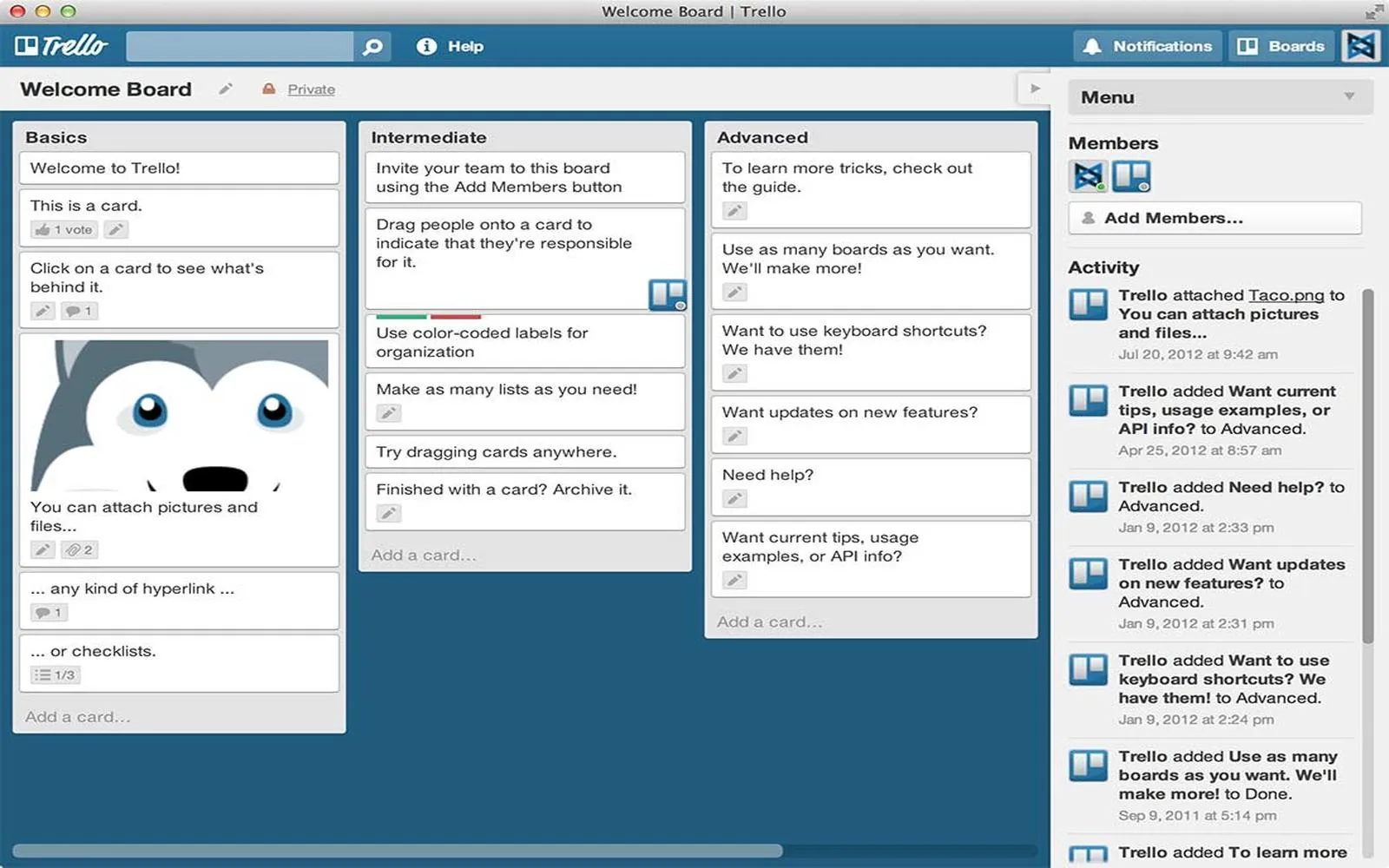1. Establish Clear Communication Channels
In a remote team, having well-defined communication channels is crucial. Choose platforms that suit your team's needs, whether it's video conferencing, instant messaging, or project management tools. Popular options include Zoom for meetings, Slack for chat, and Trello for task management. Consistency in using these tools helps in reducing misunderstandings and keeping everyone on the same page.
2. Set Regular Check-ins
Regular check-ins are a vital component of effective communication in a remote environment. Schedule weekly or bi-weekly meetings to discuss ongoing projects, address concerns, and celebrate achievements. These meetings can help maintain team morale and ensure that everyone feels connected, even when working from different locations.
Consider using a simple table to outline your check-in schedule:
| Week | Date | Time | Platform |
|---|---|---|---|
| 1 | March 1 | 10 AM | Zoom |
| 2 | March 8 | 10 AM | Zoom |
| 3 | March 15 | 10 AM | Zoom |
3. Foster a Culture of Transparency
Transparency is key to a successful remote team. Encourage team members to share updates on their tasks and projects openly. This practice not only builds trust but also keeps everyone informed about each other's progress. Use collaborative tools like Google Docs or Notion where team members can easily share their work and provide feedback.
Additionally, consider scheduling a monthly newsletter to update the team about important developments, changes, and achievements. This practice reinforces a shared understanding of team goals and individual contributions.
4. Embrace Asynchronous Communication
Remote teams often span multiple time zones, making real-time communication challenging. Embracing asynchronous communication allows team members to collaborate effectively, regardless of their location. Utilize tools like email and project management software to facilitate discussions that don't require immediate responses.
When using asynchronous communication, it's essential to maintain clarity in your messages. Use clear subject lines for emails and break down complex information into bullet points to enhance readability. This approach ensures that all team members can engage with the content at their convenience, promoting better understanding.
5. Encourage Social Interaction
Finally, don't underestimate the importance of social interaction in a remote team. Virtual coffee breaks, team-building activities, and informal chats can strengthen relationships among team members. These interactions foster a sense of belonging and help alleviate feelings of isolation that can arise in remote work settings.
Consider organizing monthly virtual events, such as game nights or themed dress-up days, to encourage participation and lighten the atmosphere. Investing time in building camaraderie can lead to increased productivity and job satisfaction.
Conclusion
Effective communication is the backbone of a successful remote team. By establishing clear channels, setting regular check-ins, fostering transparency, embracing asynchronous communication, and encouraging social interaction, you can create a cohesive and productive remote work environment. Implement these 5 tips for communicating on a remote team to enhance collaboration and drive success in your organization.





